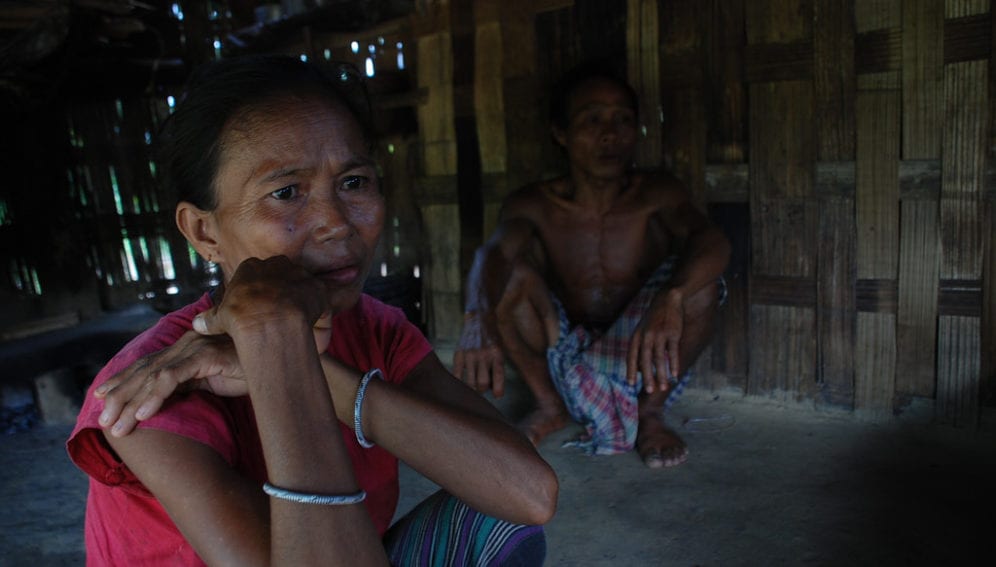By: Brendon Lee
Send to a friend
The details you provide on this page will not be used to send unsolicited email, and will not be sold to a 3rd party. See privacy policy.
[KUALA LUMPUR] Mass drug administration against neglected tropical diseases (NTDs) must be prioritised for indigenous communities such as the Orang Asli in Malaysia who are at graver risk of such diseases due to malnutrition and abject poverty.
This is a key recommendation of a study on indigenous or aboriginal populations published earlier this year (30 January) in PLOS Neglected Tropical Diseases by Peter Hotez, editor-in-chief of the journal and dean of the National School of Tropical Medicine at Baylor College of Medicine, Texas, United States.
“Although aboriginal people make up a small percentage of the world’s population, they are disproportionately affected by poverty and neglected tropical diseases,” says Hotez. “Unless we act now, they could represent the groups last to benefit from potential NTD elimination endgames.”
The term Orang Asli applies to more than a dozen indigenous groups comprising around 150,000 people living in peninsular Malaysia. Although Malaysia has experienced rapid economic growth since the 1970s and reduced the level of national poverty, Orang Asli communities are still classified as extremely poor. Most live in rural areas with limited basic healthcare and economic opportunities.
Several efforts have been carried out by the government and NGOs, such as the 450-bed Orang Asli hospital built on the outskirts of Kuala
Lumpur, but a high prevalence of hookworm and intestinal parasitic infections, malaria, dengue and tuberculosis persists among these groups. The Orang Asli account for 50 per cent or 450-600 cases of reported malaria infections per year in peninsular Malaysia. Tuberculosis cases are 5.5 times higher than the national average rate, according to Alberto Gomes, anthropology professor at La Trobe University in Australia.
Hotez recommends that essential medicines such as ivermectin, azithromycin and deworming treatments be included in mass drug administration to control NTDs. But he notes: “Such measures are a key component of more broad and encompassing measures that include sanitation, access to clean water, good food, integrated vector control and management, childhood immunisations and personal and family hygiene.”
Gomes agrees that the overall social condition of the Orang Asli must likewise be addressed as language barriers and discrimination discourage many of them from seeking medical aid.
“Generally, Orang Asli are unwilling to seek medical treatment from the government because they are often discriminated against by the mostly non-Orang Asli medical staff,” Gomes tells SciDev.Net. “Orang Asli have told me that they are often treated in a condescending manner at government clinics. They claim to have been ridiculed, laughed at and scolded by medical staff. Orang Asli reticence in their communication with medical practitioners has, on occasions, led to misdiagnosis.”
Link to full study in PLOS Neglected Tropical Diseases
This article has been produced by SciDev.Net's South-East Asia & Pacific desk.














